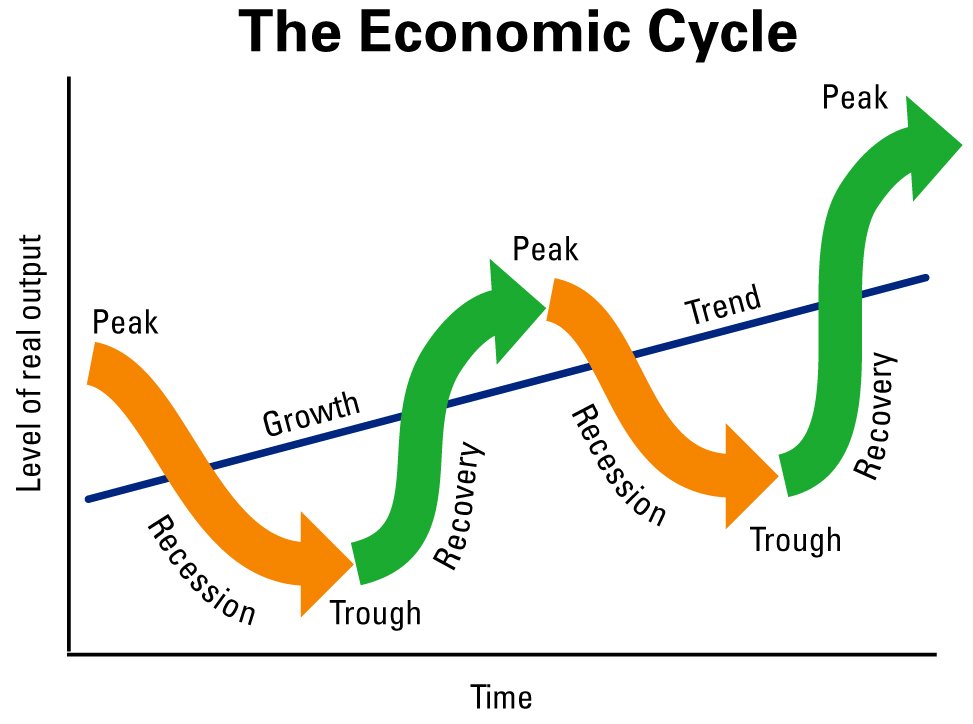How Does the Economic Machine Work?
Why Are There Economic Cycles?
Markets are made up of individual transactions, where one person's expenditure is another person's income.
A person's disposable expenditure includes "money" and "credit." When a person's "income" increases, their repayment ability improves, allowing "credit" to increase, which in turn boosts "expenditure." Moderate "credit" helps enhance productivity.
In the economic growth curve:
- Productivity rises steadily.
- Borrowing occurs in cycles. The short-term debt cycle generally lasts 5-8 years and is controlled by the central bank.
- Because people prefer to borrow money rather than repay it, over the long term, the speed of debt accumulation will exceed income, thus forming a long-term debt cycle.

The ratio of debt to income is called the debt burden. When the debt burden becomes excessive and reaches the peak of long-term debt, the economy enters a deleveraging period (such as the Great Depression in the U.S. in the 1930s, the Japanese economic bubble in the 1980s, and the 2008 global financial crisis).
There are four means of deleveraging: 1. Reducing expenditure, 2. Decreasing debt, 3. Wealth redistribution, 4. Issuing currency.
Final Recommendations
- Do not let the growth rate of debt exceed that of income (too much debt burden can overwhelm you);
- Do not let the growth rate of income exceed productivity (this will cause you to lose competitiveness, as companies can hire others at a better cost-performance ratio);
- Make every effort to improve productivity (which plays the most critical role in the long term).